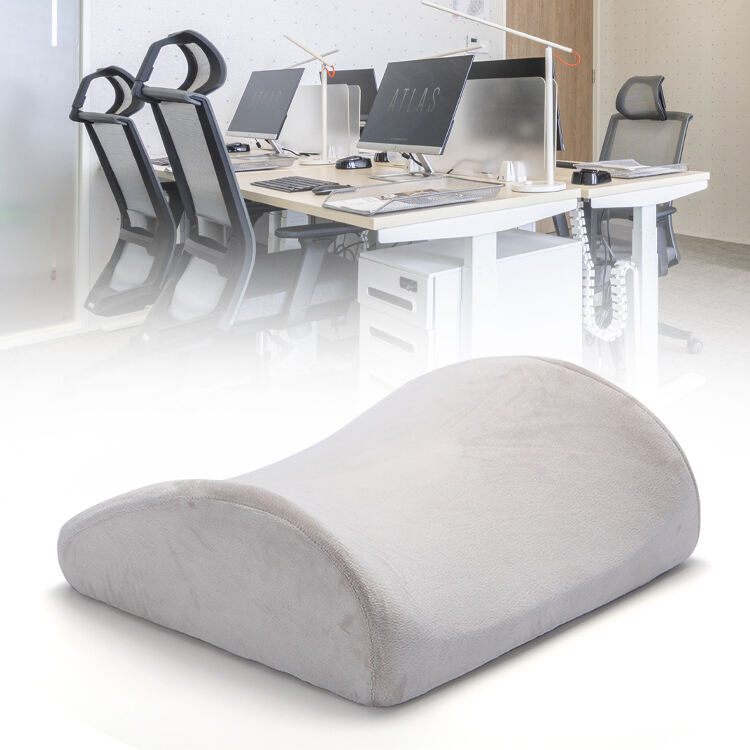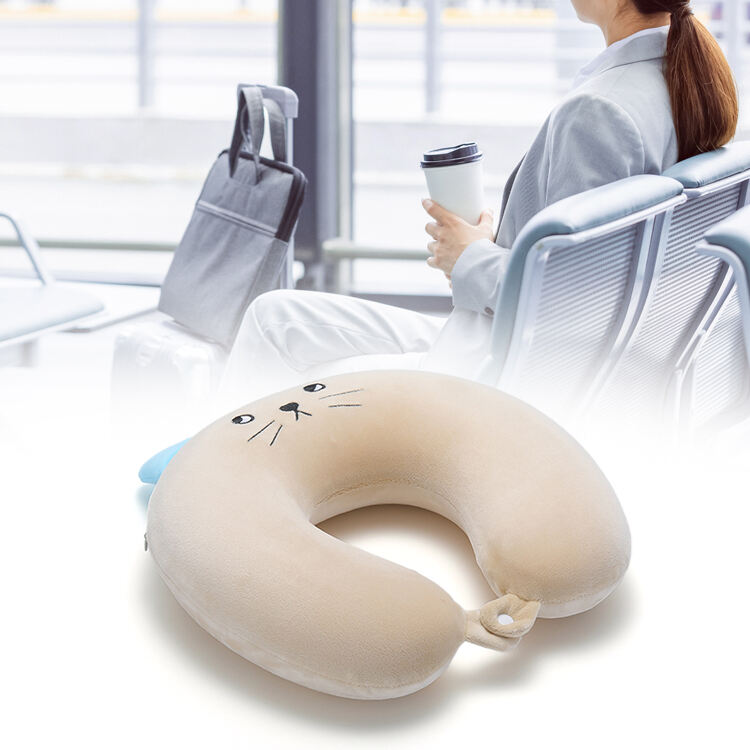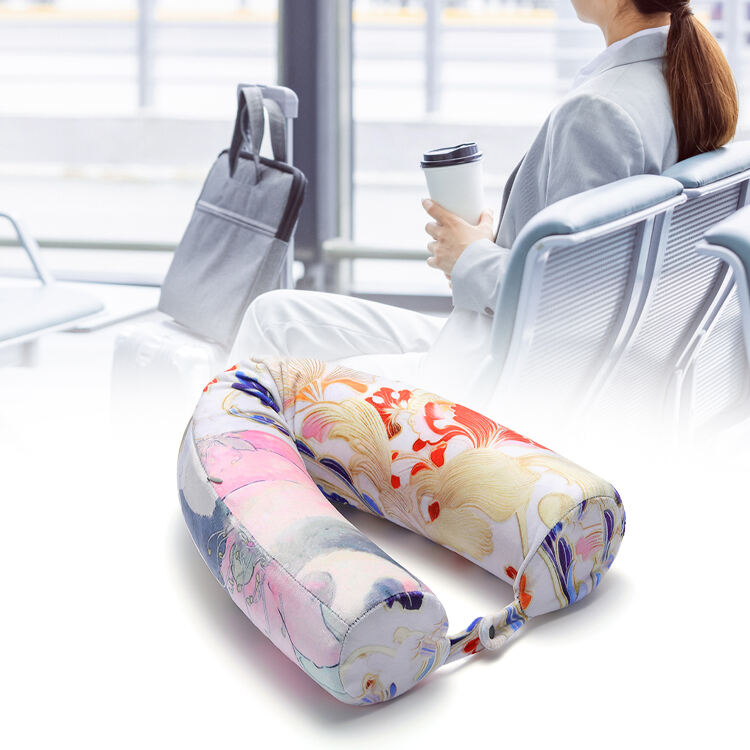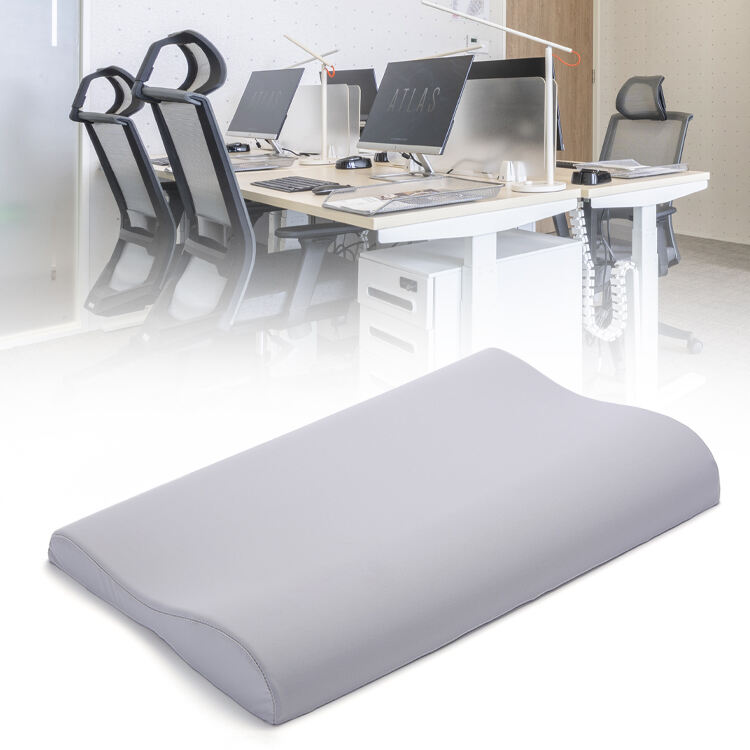Understanding the Root Causes of Persistent Back Discomfort
Think about how much time we spend sitting these days. Whether you're an office worker clocking eight hours a day at a desk or a long-distance driver dealing with constant vibrations, our modern lifestyles can really take a toll on our backs. In fact, medical research shows that poor posture is the main cause of most non-traumatic lower back pain. It's no wonder that so many people are looking for ways to support their spines and find relief from that persistent discomfort.
Biomechanical Advantages of Contoured Lumbar Cushioning
So, how can we tackle this issue? Orthopedically designed lumbar cushions are a great place to start. These cushions are made from high-density viscoelastic foam, which is a fancy way of saying they mold to your body while providing just the right amount of resistance to keep you from slouching. By maintaining the spine's natural S-curve, these cushions can significantly reduce pressure on the intervertebral discs—up to 35%, according to clinical studies. This means less nerve compression and fewer flare-ups of sciatic pain. It's like giving your back a helping hand to stay in the right position.
Selecting Optimal Support for Your Body Type
But not everyone's back is the same, so finding the right lumbar support is key. If you have broader shoulders, you'll need a thicker midsection to keep your pelvis tilted correctly. On the other hand, if you're petite, an adjustable tension system can prevent over-correction. And here's a neat trick: temperature-sensitive foams that soften with body heat have been shown to be 28% more effective in maintaining proper spinal alignment than static cushions. Plus, ventilation channels in premium designs reduce heat retention by 40%, making them much more comfortable to use for long periods.
Integrating Therapeutic Support Into Daily Routines
Of course, having the right lumbar support is just the beginning. To get the most out of it, you need to integrate it into your daily routine. In your car, you'll want a non-slip base and a compact profile that doesn't block your view. In the office, it should work seamlessly with your chair. A recent ergonomic study found that combining lumbar support with regular micro-movement breaks—like standing up and stretching every hour—can reduce pain by a whopping 62% compared to relying on the cushion alone. Adding in some postural awareness training and core-strengthening exercises can further amplify these benefits over the long term.
Maintenance Protocols for Lasting Performance
Finally, to keep your lumbar support working its best, a little regular care goes a long way. Machine-washable covers with antimicrobial treatments are a must, especially for those with allergies. And because the foam needs to breathe, open-cell constructions allow for complete moisture evaporation between uses. Industry tests show that properly maintained cushions last 3-5 years longer than neglected ones, ensuring consistent support quality. As your body changes with age or lifestyle, it's also a good idea to periodically reassess how well your lumbar support is fitting and providing comfort.











